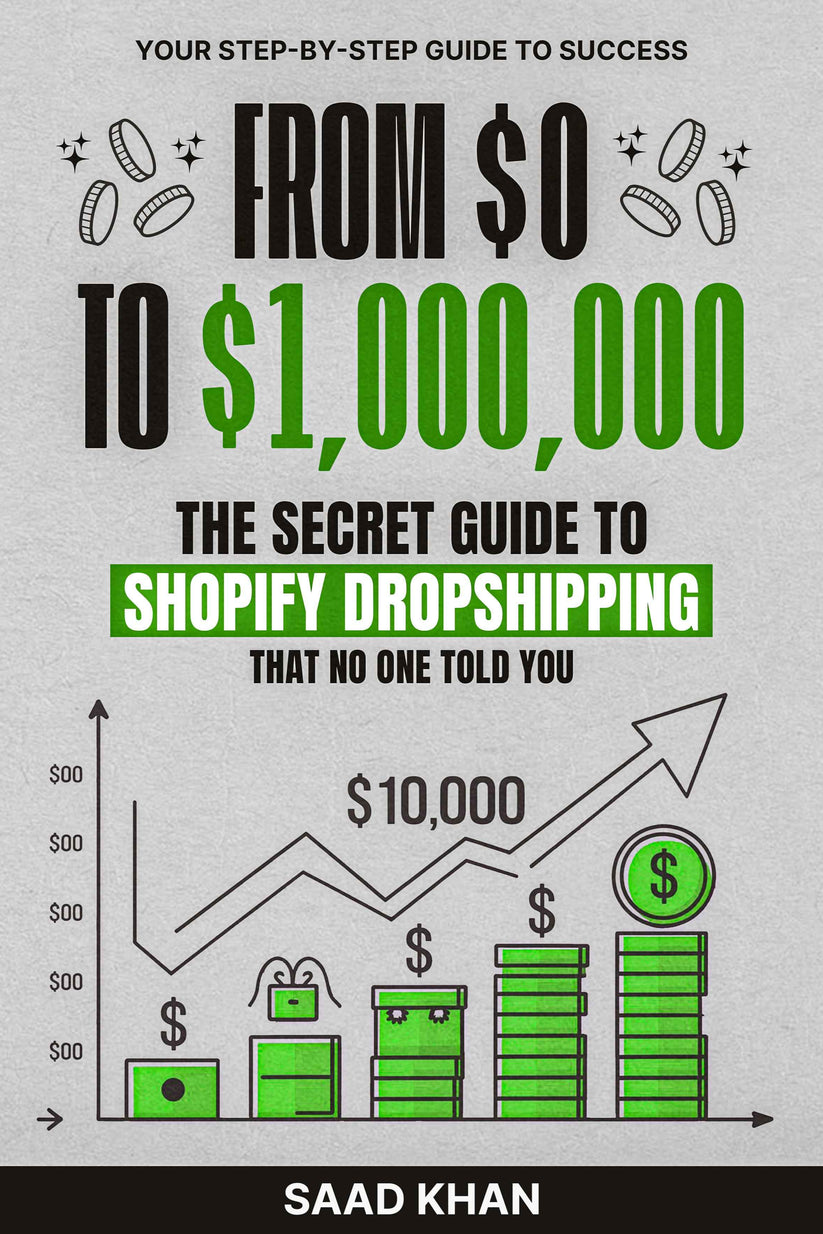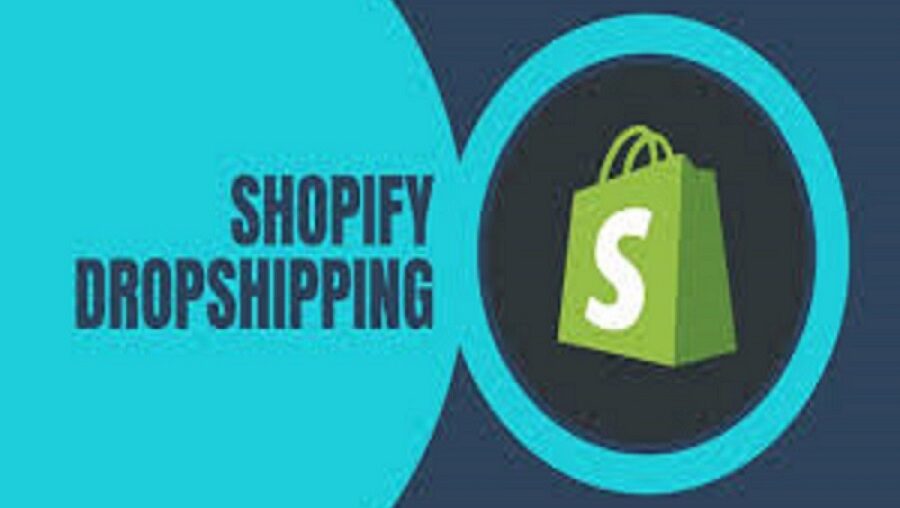A Comprehensive Guide on Mastering Shopify Dropshipping Business in 2025
In today’s fast-paced eCommerce landscape, Shopify dropshipping offers a unique opportunity to launch and scale a profitable online business. With increasing competition in 2025, success requires not only setting up your store but also strategically expanding, optimizing, and automating every aspect of your business. In this guide, we merge actionable steps and advanced strategies into a comprehensive roadmap to help you master and scale your Shopify dropshipping venture.
1. Introduction
Overview:
Shopify dropshipping remains one of the most accessible and low-risk models for starting an online business. In 2025, the market is booming, but so is the competition. Whether you’re a beginner or already running a store, strategic planning and expert guidance are key to standing out.
Purpose:
This guide will walk you through every stage—from launching your Shopify store to scaling your operations with advanced marketing, automation, and premium resources.
Expert Insight:
For tailored, actionable strategies, consider exploring premium resources like Saad Khan Blueprints, which provide in-depth guidance beyond free content.
2. Setting Up Your Shopify Store and Laying the Foundation
2.1 Choosing Your Niche and Planning
-
Define Your Niche: Focus on products you’re passionate about and that show promising demand. A clearly defined niche helps you target the right audience.
-
Market Research: Utilize tools like Google Trends and customer surveys to understand current trends and potential opportunities in 2025.
-
Set Goals: Outline both short-term milestones (store launch, initial sales) and long-term objectives (product expansion, market leadership).
2.2 Store Setup Essentials
-
Selecting a Shopify Plan: Choose a plan that fits your budget and anticipated scale.
-
Customizing Your Store: Invest in a responsive, professional theme that enhances user experience. Ensure your design reflects your brand identity.
-
Essential Pages:
-
Home Page: Create a captivating landing page with a clear value proposition.
-
About Us: Tell your story to build trust and connect emotionally with your visitors.
-
Contact & FAQs: Provide easy access to customer support and policy details.
-
3. Assessing Your Current Business Performance
Before scaling, evaluate your current store’s performance:
-
Key Performance Indicators (KPIs): Track conversion rates, average order value, and customer lifetime value.
-
Strengths and Weaknesses: Analyze what’s working (e.g., design, supplier reliability) and where improvements are needed.
-
Customer Feedback: Use reviews and surveys to gauge satisfaction and identify areas for enhancement.
4. Finding Winning Products and Reliable Suppliers
4.1 Product Research and Testing
-
Trend Analysis: Use market research tools to discover trending products in your niche.
-
Product Testing: Order samples to ensure quality, and run tests to validate market demand.
-
Diversification: Consider complementary products to expand your offerings and mitigate risk.
4.2 Supplier Partnerships
-
Finding Suppliers: Connect with trusted platforms like AliExpress, Oberlo, or SaleHoo.
-
Negotiation: Build strong relationships with suppliers, negotiating better pricing and faster shipping.
-
Quality Assurance: Regularly review supplier performance to maintain consistent product quality.
5. Marketing Strategies for Dropshipping Success
5.1 Organic Marketing and SEO
-
Content Creation: Publish blogs, videos, and case studies to build brand authority and drive organic traffic.
-
SEO Optimization: Optimize product pages with targeted keywords, meta tags, and alt text to improve search engine rankings.
5.2 Social Media and Influencer Marketing
-
Engagement: Develop a strong presence on platforms like Instagram, Facebook, and TikTok.
-
Influencer Collaborations: Partner with niche influencers to extend your reach and build credibility.
-
Community Building: Foster a loyal customer base by engaging actively on social media and responding to feedback.
5.3 Email Marketing and Paid Advertising
-
Email Campaigns: Build and segment your email list for personalized promotions, abandoned cart recovery, and customer retention.
-
Paid Ads: Invest in targeted ads on Google, Facebook, and other channels to drive high-intent traffic to your store.
-
Retargeting: Use retargeting strategies to reconnect with visitors who showed interest but did not convert.
6. Optimizing Your Store Experience
6.1 User Experience (UX) Improvements
-
Mobile Optimization: Ensure your store is fully responsive for mobile users.
-
Navigation and Speed: Enhance site navigation and page load times to reduce bounce rates.
-
Conversion Rate Optimization: Use high-quality images, persuasive product descriptions, and clear calls-to-action (CTAs) to boost sales.
6.2 Enhancing Operational Efficiency
-
Automation Tools: Implement Shopify apps for automated order processing, inventory management, and customer communication.
-
Analytics: Regularly monitor analytics to refine your marketing strategies and optimize store performance.
-
Customer Support: Integrate live chat and comprehensive FAQs to handle inquiries swiftly and efficiently.
7. Scaling Your Business for Long-Term Success
7.1 Expanding Your Product Line
-
Customer Feedback: Leverage reviews and surveys to identify opportunities for new products.
-
Diversification: Broaden your product range by introducing complementary items to meet evolving customer needs.
-
A/B Testing: Experiment with new products and marketing tactics to identify what drives the best results.
7.2 Leveraging Technology and Automation
-
Advanced Tools: Use CRM systems, order management apps, and workflow automation to streamline operations.
-
Data-Driven Decisions: Regularly analyze performance metrics to fine-tune your strategies.
-
Scaling Roadmap: Develop a phased plan that covers expansion in products, marketing, and operational capabilities.
8. The Value of Premium Resources Over Free Guides
While free guides offer basic insights, they often lack the depth and actionable detail necessary for true success. Premium resources provide:
-
Detailed Roadmaps: Step-by-step instructions that cover every facet of dropshipping.
-
Real-World Insights: Case studies and testimonials from successful entrepreneurs.
-
Ongoing Support: Regular updates and community engagement that adapt to industry changes.
-
Faster Results: Comprehensive strategies that reduce trial and error, accelerating your growth.
For instance, Beginners Guide to Dropshipping in 2025 delivers these advantages, empowering you to bypass common pitfalls and achieve sustainable success.
9. Planning for Long-Term Success
Continuous Improvement
-
Stay Updated: Keep abreast of industry trends, technological advances, and consumer behavior shifts.
-
Community Engagement: Participate in forums, webinars, and mastermind groups for peer support and fresh ideas.
-
Educational Investment: Consider premium guides and mentorship programs as ongoing investments in your business growth.
Roadmap for Future Growth
-
Phased Expansion: Plan incremental improvements in product range, marketing budget, and operational efficiency.
-
Performance Monitoring: Use KPIs to guide strategic decisions and refine your approach continuously.
-
Scalable Systems: Invest in technology that supports long-term growth and adaptation.
Conclusion
Success in Shopify dropshipping in 2025 requires a multifaceted approach—combining the fundamentals of store setup and product sourcing with advanced marketing, automation, and strategic scaling. While free guides may offer a starting point, investing in premium resources like those from Saad Khan Blueprints can provide the expert insights and actionable strategies needed to outpace the competition.
Embrace this comprehensive roadmap to master and scale your Shopify dropshipping business, and position yourself for sustainable growth in an ever-evolving market. Now is the time to take action and transform your online venture into a thriving business.




